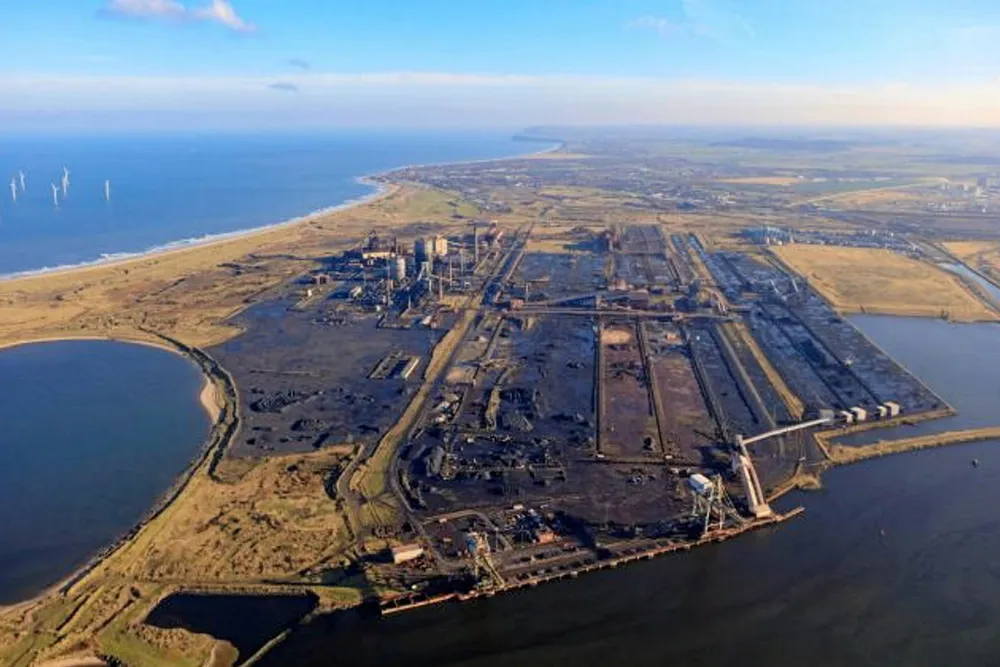BP eyes huge green hydrogen plant at UK's Teesside to fuel heavy trucks
Supermajor says initial 60MW of electrolyser capacity could grow to 500MW by end of decade

Supermajor says initial 60MW of electrolyser capacity could grow to 500MW by end of decade
